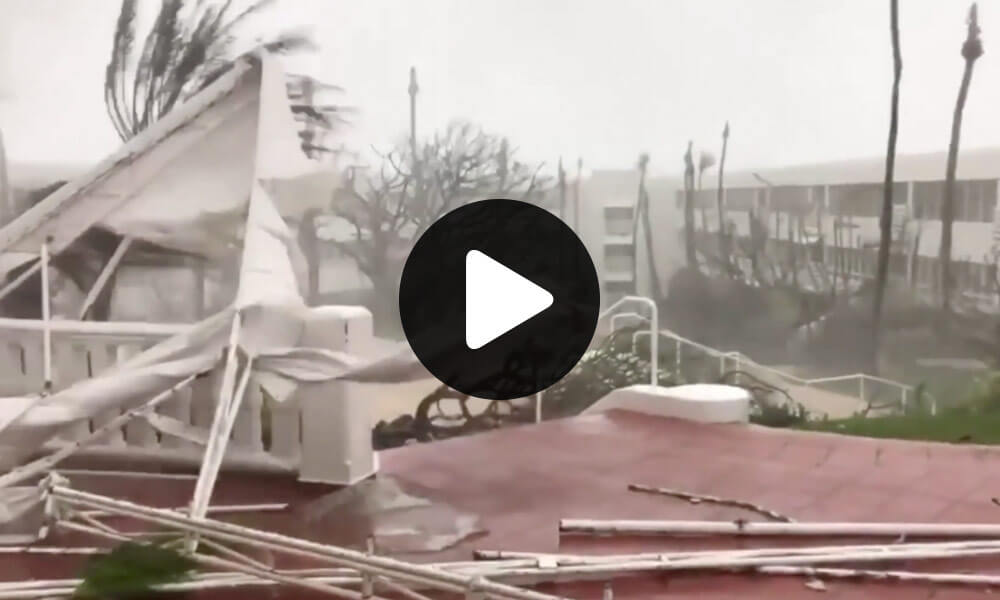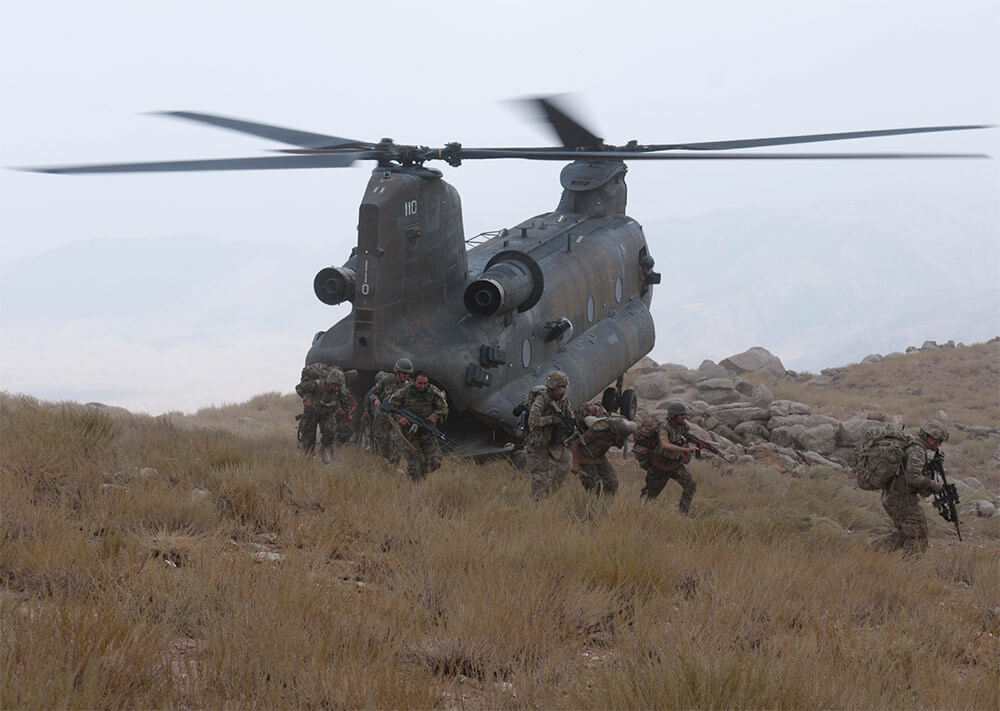
An Update on the National Guard’s Response to Hurricanes Maria, Harvey and Irma
Beginning in late August, Soldiers and Airmen of the National Guard have been actively responding to the catastrophic series of hurricanes that swept through the United States this year.
With Hurricane Harvey making landfall in Texas on Aug. 26, Hurricane Irma hitting the Florida Keys on Sept. 10 and Hurricane Maria thrashing Puerto Rico on Sept. 20, the National Guard has been in a posture of ongoing activation in response to the devastating natural disasters impacting the Nation.
Hurricane Maria
As relief efforts for Hurricane Harvey and Hurricane Irma were coming to a close, Hurricane Maria was on a dangerous path of destruction in the Caribbean.
Hurricane Maria made landfall in Puerto Rico as a Category 4 hurricane. It ripped through the island with 150-mph winds and 30 inches of rain. It caused massive damage to the island, leaving it in an almost demolished state.
To compound matters, Puerto Rico was still in recovery from Hurricane Irma when Hurricane Maria hit – with just two weeks between the storms. After Hurricane Irma, approximately 80,000 Puerto Rican residents were without electricity. After Hurricane Maria, Puerto Rico’s power grid was completely destroyed, and the number of those without electricity rose to include all 3.4 million of the island’s residents.
“All of the power lines were down,” said SSG Indhira Duprey of the 783rd Maintenance Company, Puerto Rico Army National Guard. “It was pitch black.”
The National Guard’s response to support Puerto Rico relief and recovery efforts was wide-scale. A total of 6,700 National Guard members were deployed in response to the storm. Soldiers and Airmen were deployed from Alaska, Alabama, California, Illinois, Louisiana, Massachusetts, Minnesota, North Carolina, Nevada, New Jersey, New York, Oregon, Ohio, Pennsylvania, South Carolina, South Dakota, Tennessee, Washington and West Virginia.


